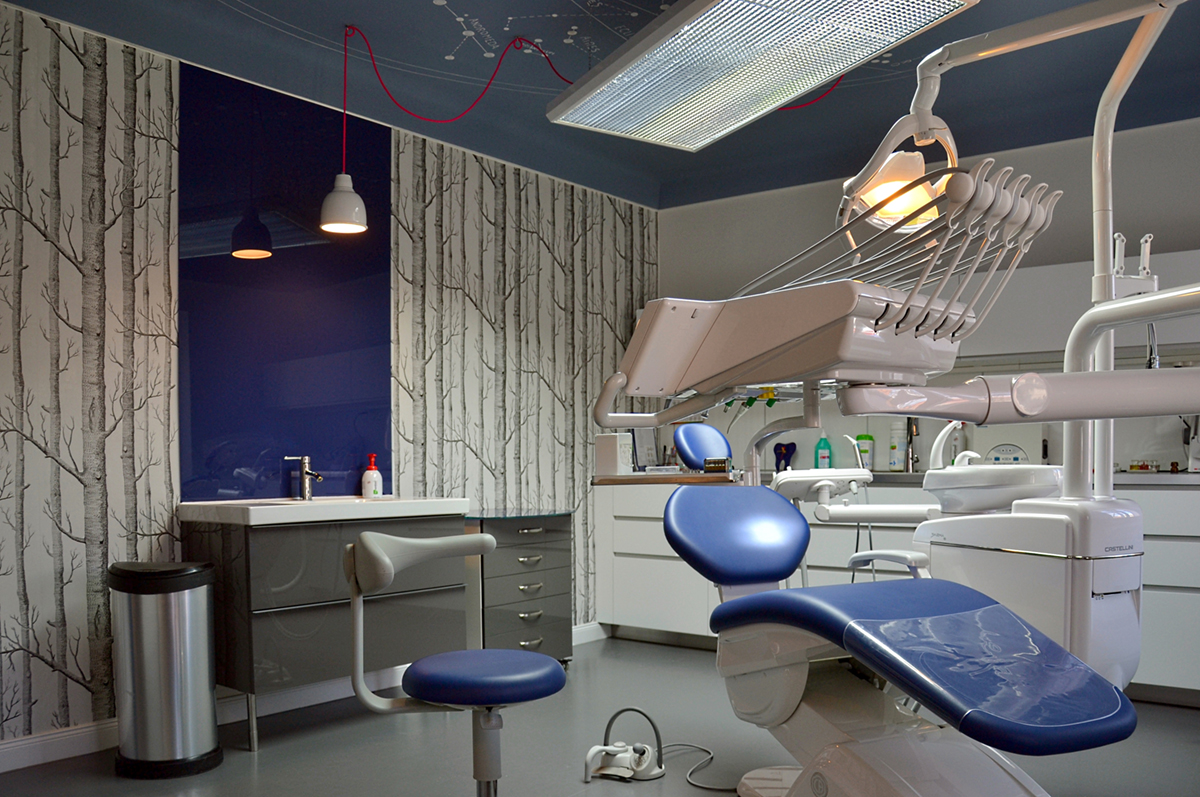
Periodontal Disease - Overview
Periodontal disease affects the gums and all the structures which normally surround the teeth. The leading symptoms of periodontal disease are bleeding from the gums while brushing, flossing or even eating hard foods. The affected gums are sensitive to hot and cold. Patients usually suffer from bad breath, swollen gums which also change their color.
Periodontal disease originates from bacterial infection of the pockets created between the gum tissue and the teeth. The bacteria settle in the 'biofilm,' sticky mucous-like substance which attaches to the surrounding tissue and represents the basis of the plaque and tartar. The diagnosis of periodontal disease can be set after examination by the dentist or dental hygienist. If left untreated periodontal disease causes loss of teeth.
What is Laser Periodontal Therapy?
Laser periodontal therapy is a procedure in which tartar which causes inflammation and bleeding of the gums is removed with the assistance of an ultrasonic scaler and small instruments. The laser helps in removal of infected tissues and reduces the amount of bacteria which are the culprits of periodontal disease. After the affected area has been cleaned with the laser the body assists in healing of the treated spot. The procedure lasts approximately 10 minutes.
Even though the procedure may appear to be painful all the patients are administered anesthesia. This way discomfort can be successfully eliminated. There is a low level of discomfort after the procedure but it withdraws spontaneously and after a short period of time.
Prior the laser treatment from periodontal disease people were treated with a procedure called 'scaling and root planing'. This procedure was rather unpleasant and included hand instruments which were used in removal of the plaque and tartar. Still, the procedure was not effective in removal of the biofilm and this is why it was not highly efficient in battle against periodontal disease.
Many people wonder how the laser works and how it removes all the layers responsible for periodontal disease. Well, first of all the laser detaches the biofilm from the surface of the tooth. This is achieved by a tornado-like effects caused by swirling motion of micro-ultrasonic. After the biofilm has been removed the laser further sterilizes the periodontal pockets and removes the infected tissue. The removal of the infected tissue leaves microscopic clots and what follows is natural healing response which eventually ends with reattachment of the tissue to the bone. Finally, the gums regain their health.
The procedure is highly effective and there are no complications if performed correctly. It provides with satisfying results and all the symptoms of periodontal disease are brought under control.


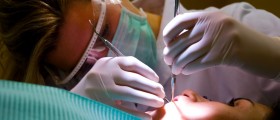

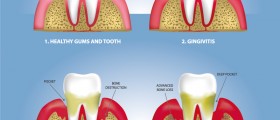
,-Don't-Ignore-Receding-Gums_f_280x120.jpg)

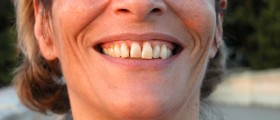
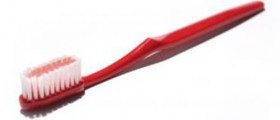

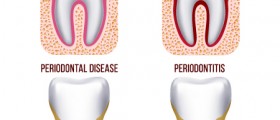

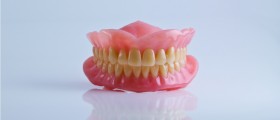

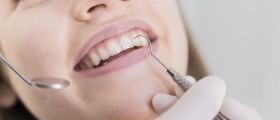
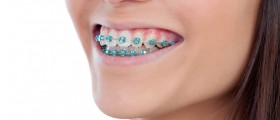

Your thoughts on this
Loading...